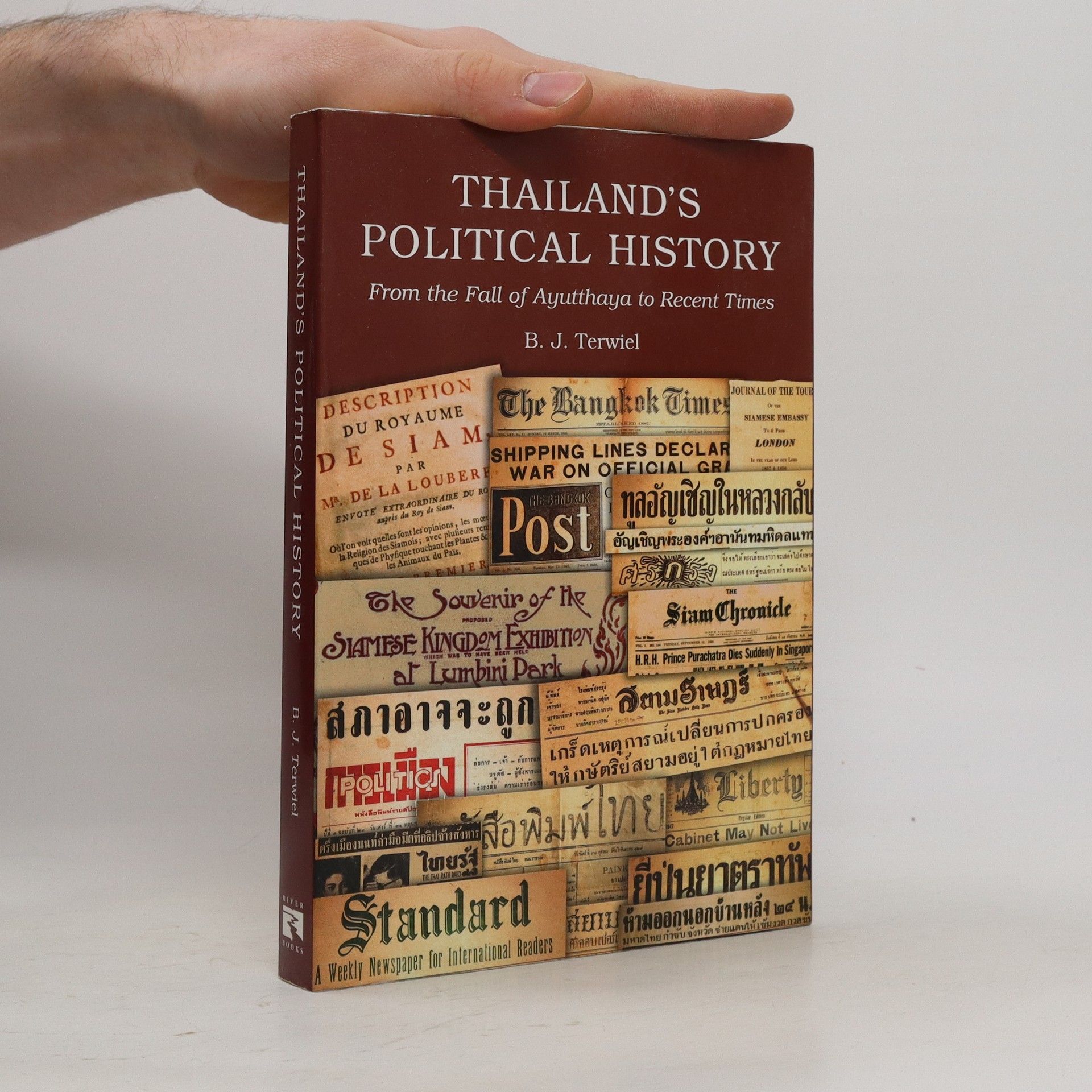Thailand's Political History
- 325pages
- 12 heures de lecture
Fresh insight into Thailand's history over the 250 years, from the fall of the old capital Ayutthaya in 1767 in the opening scene, to today, with the country's massive economic expansion.

Fresh insight into Thailand's history over the 250 years, from the fall of the old capital Ayutthaya in 1767 in the opening scene, to today, with the country's massive economic expansion.